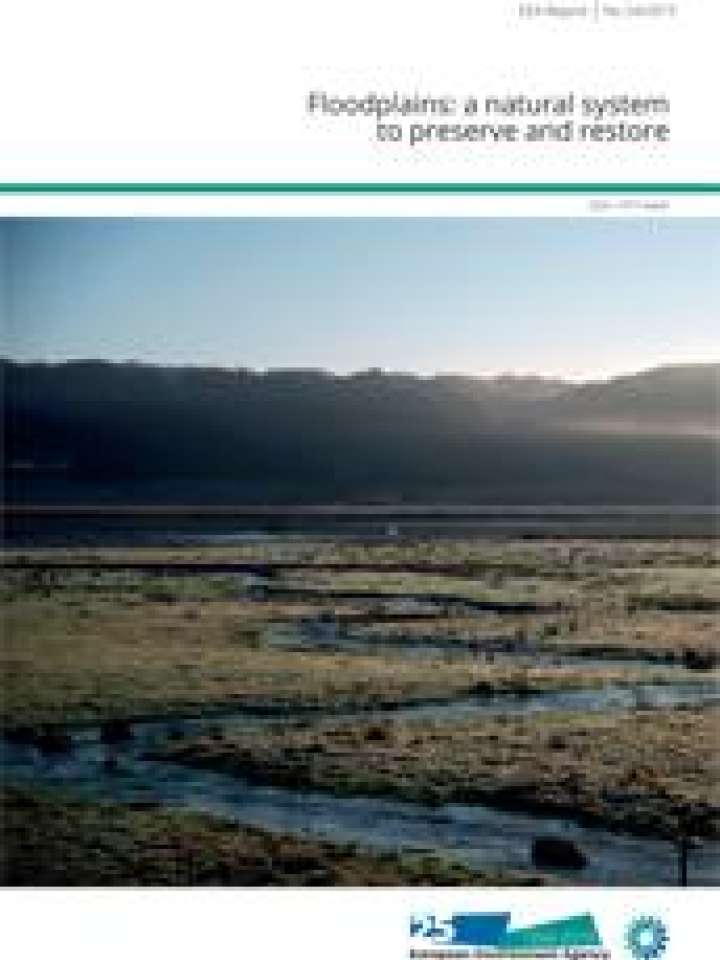Projecting the effect of climate change- induced increases in extreme rainfall on residential property damages: A case study from New Zealand
New Zealand’s public insurer, the Earthquake Commission (EQC), provides residential insurance for some weather-related damage. Climate change and the expected increase in intensity and frequency of extreme weather-related events are likely to translate into higher damages and thus an additional financial liability for the EQC. This study projects future insured damages from extreme precipitation events associated with future projected climatic change. The report first estimates the empirical relationship between extreme precipitation events and the EQC’s weather-related insurance claims based on a complete dataset of all claims from 2000 to 2017. Then it was used an estimated relationship, together with climate projections based on future greenhouse gases concentration scenarios from six different dynamically downscaled Regional Climate Models, to predict the impact of future extreme precipitation events on EQC liabilities for different time horizons up to the year 2100. The results show predicted adverse impacts that vary -increase or decrease over time and space. The percent change between projected and past damages—the climate change signal—ranges between an increase of 7% and 8% higher in the period 2020 to 2040, and between 9% and 25% higher in the period 2080 to 2100. The study also provides detail caveats as to why these quantities might be mis-estimated. The projected increase in the public insurer’s liabilities could also be used to inform private insurers, regulators, and policymakers who are assessing the future performance of both the public and private insurers that cover weather-related risks in the face of climatic change.
Explore further
